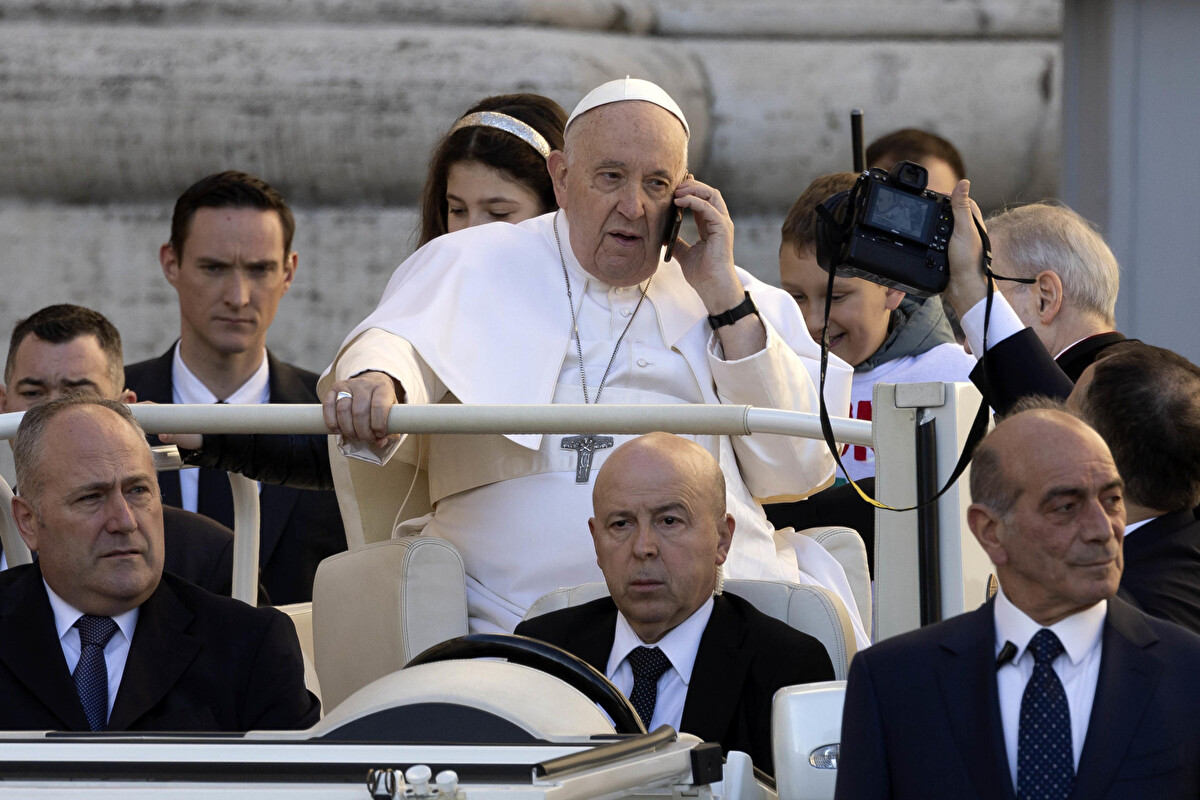Christopher Marinello is a lawyer who specializes in art law and is an expert art recovery agent. An Italian American, he proudly embraces his Italian birthright of an innate creative passion and is devoted to artistic patrimony protection. Chris has worked closely with Italian authorities on cases concerning restitution of works stolen or looted from Italy and much of this work is done pro-bono due to his love of Italy. In fact, he and his team have just had a recent victory on behalf of the Republic of Italy.
One of his team members was browsing auction house catalogues of upcoming art for sale and spotted a manuscript page that was known to have originated from manuscripts stolen from Italy. Chris, working pro-bono on behalf of the Republic of Italy and working closely and respectfully with Italian authorities, negotiated an unconditional release from the collector who was a good faith buyer from the auction house (both the buyer and auction house were totally unaware of the illicit origin of the manuscript page).
The work was listed in the auction house catalogue as “a large 15th century French Boucicaut-style illuminated Missal page on vellum featuring large historiated initial P filled with saints; beautiful example of late Medieval book art.” The page in question was originally part of 74 pages that were cut from the Breviary of Ludovico da Romagnano, that were stolen on an unknown date prior to October 30, 1990 from the Capitular Archive of the Archdiocese of Turin, Italy (during a detailed inventory of the collection a long list of items were discovered to have been stolen from their archives).
In 1996, the Italian Carabinieri Tutela Culturale Patrimonio, Italy’s art theft and cultural property protection experts, recovered 17 illuminated manuscripts that were stolen from the Capitular Archive and arrested two Italian nationals as a result of the investigations. Later, in 2006, the TPC observed a photo of one of the stolen manuscript pages in the St. Petersburg Times which was describing an exhibition at the Florida International Museum. The article stated that the illuminated manuscript page was promised as a gift to the collections of the University of South Florida Library in Tampa. After court proceedings and expert testimony, this page was identified as being from the Missal of Ludovico da Romagnano, and was also returned to Italy.
This is Art Recovery International’s second recovery from this theft from Turin. In 2021, Chris and his team located one of the pages cut from the Breviary of Ludovico da Romagnano that changed hands at auction a couple times ending up in Texas and then consigned for sale in London. As in the more recent recovery, Chris worked pro-bono for Italy and negotiated an unconditional surrender of the artwork, returning the page to the Italian Ministry of Culture.
Chris Marinello and his company Art Recovery International are responsible for over $500 million dollars of stolen and looted artworks being recovered. This includes two very significant holocaust restitutions done on behalf of the Rosenberg family:the Rosenberg family: two paintings by Matisse that were looted by Herman Goering, one of which was discovered in the now famous Gurlitt hoard in Germany that comprised over 1,500 works of art acquired by Cornelius Gurlitt from his father Hildebrand, one of Hitler’s official art dealers.
Marinello’s company offers many unique services to art world clients such as providing due diligence in purchases of art, negotiations of title disputes and recovery services. In his more than 35-year long career, Chris has made numerous recoveries of stolen art and has fought vigorously to assist heirs of holocaust victims to restitute works that were either looted or sold under duress during the Nazi oppression.
Chris explained, “I do a lot of Nazi holocaust restitution work, but we have become so well-known we are now being contacted by dealers and collectors that are concerned that they may have something that is looted and need to either prove it is not or do the right thing and restitute it to the heirs or reach some sort of settlement. Especially in Italy. A lot of Italian dealers come to me who have art works with gaps in the provenance and want me to fill the gaps through due diligence and provenance research.”












